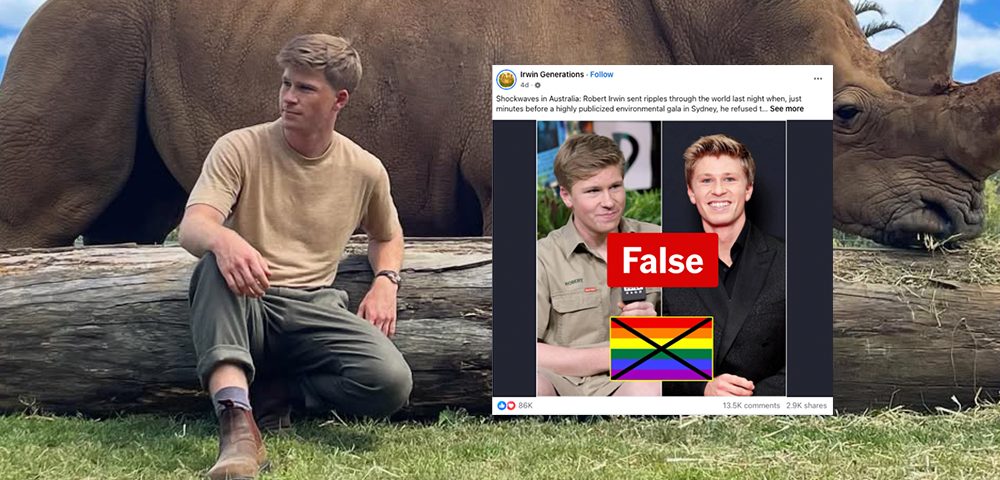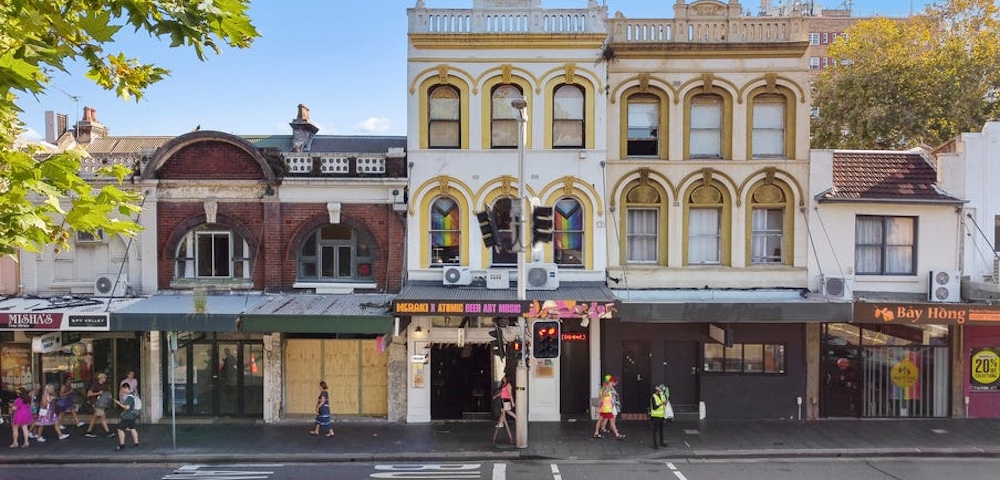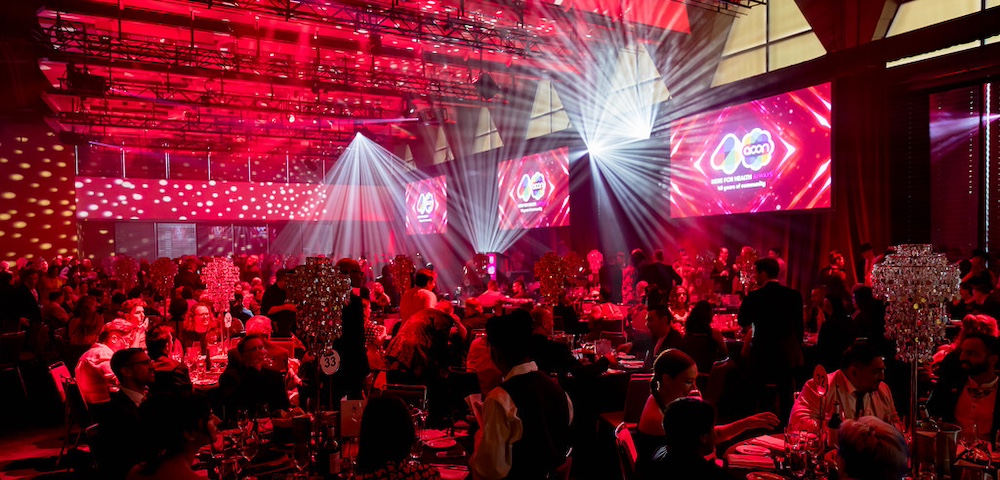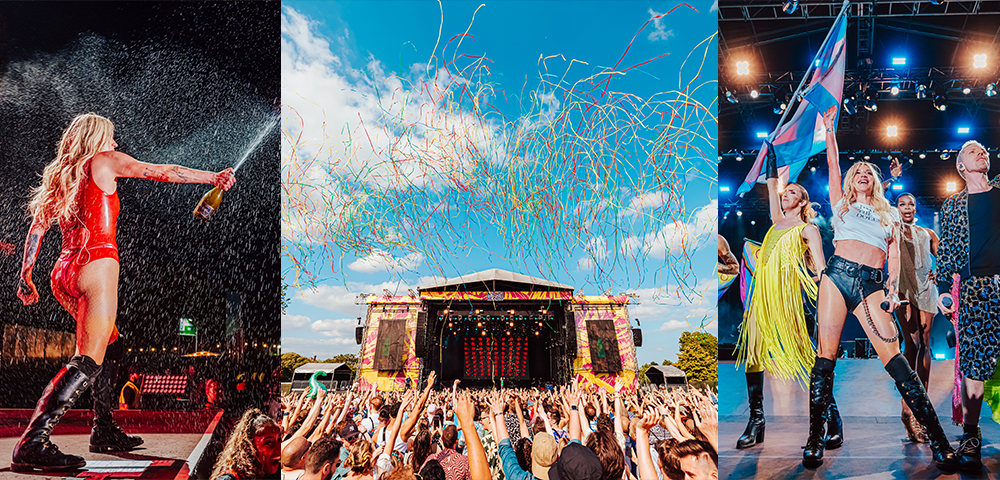
How the inner west was won
In Sydney, gentrification and the gay community go hand in hand. Like pioneers, gay men and lesbians seem to seek out grungy, inner city areas and contribute to their turn-around.
And in some cases, the gay and lesbian community becomes an essential part of an area’s cultural make-up.
So it is with Newtown, Erskineville and Enmore, and to some extent the rest of the Marrickville Local Government Area. Gay households now blend into these neighbourhoods, sitting alongside the young families and older residents.
Andrew Gorman-Murray is a cultural geographer who lives in Enmore. He recently completed a PhD titled Queering Home: Domesticating Deviants about the relationships gay men and lesbians have with their homes, as well as their home-making practices.
Gorman-Murray thinks of Newtown’s main streets and their surrounds as more gay-friendly than specifically gay.
In academic terms, I look at Oxford Street as -˜gay’, and King Street as -˜queer’, he says.
On Oxford Street a lot of the venues seem to cater to white, middle-class men of a certain body type. Of course there are exceptions. But it seems to be very specific, and what some researchers call -˜homonormative’.
Whereas King Street is more diverse. There are notable lesbian or lesbian-friendly establishments, so there are more women. As the area has gentrified it’s become a bit more white, but certainly in terms of other sub-cultural groups there’s a bit more diversity in the types of people. There are also straight families, and there are lots of couples.
But even within the gay and lesbian community there’s more diversity.
While commentators and Surry Hills businesses talk about the flagging fortunes of Oxford Street, Newtown’s shopping district appears to be going from strength to strength. Occupancy rates are high (particularly from the Seymour Centre to Newtown train station) and retail trade is brisk, particularly on weekends.
Marrickville Council’s Newtown South main street coordinator Prue Foreman attributes the attractiveness of King Street to visitors to its blend of day and night-time businesses.
It’s a really thriving entertainment scene as well as a thriving shopping precinct, she says. No one wants King Street to become Kings Cross.
State and local government, as well as the businesses themselves, have worked hard to make Newtown a cultural tourism destination, Foreman says.
It’s a genuine Sydney experience, she says.
For residents -“ including an increasing number of gay men and lesbians -“ Foreman believes the beauty of the King Street precinct is its diversity and its sense of community.
People around here are very passionate about where they live, she says. They want to do their shopping here, they want to support local business.
Cathy Saunders moved to the inner west eight years ago. She has also been a member of the Gay and Lesbian Liaison @ Marrickville Committee (GLL@M), a group that meets every second month to advise council on the specific wants and needs of Marrickville Council’s gay and lesbian community.
I came here because there’s a good social mix, and it feels relatively safe for same-sex couples to be here, she says. And I love that in Marrickville I can walk down the street and hear four different languages in a block.
Her neighbours are a typical inner-west mix, she says: gay couples, a straight family, and an older woman who has lived in the street her whole life. Unlike other areas she has lived in, her street is open and the neighbours talk to each other.
Foreman thinks the inner west has a particular attraction to residents in what famed social theorist Richard Florida has termed the creative class. Florida noted in 2002 that cities with more people employed in creative occupations were more vibrant.
The Marrickville Local Government Area has the highest concentration of people working in cultural fields in Australia, and a lot of people working in these fields are gay and lesbian, Foreman says.
These are people who are attracted to the things that result from the cultural fields, like theatre and the arts.
Speaking to subjects for his thesis, Gorman-Murray said most of his interviewees from the inner west chose to live near King Street or Enmore Road because of the sense of community.
For me, I came to like the diversity and opportunity of living in the inner city, and I particularly came to like the diversity of the Enmore/ Newtown area. It was comfortable, it felt like the area enabled self expression.
People I spoke to who lived in Enmore, Newtown and Stanmore areas spoke of King Street and Enmore Road as areas they felt -˜at home’ in.









